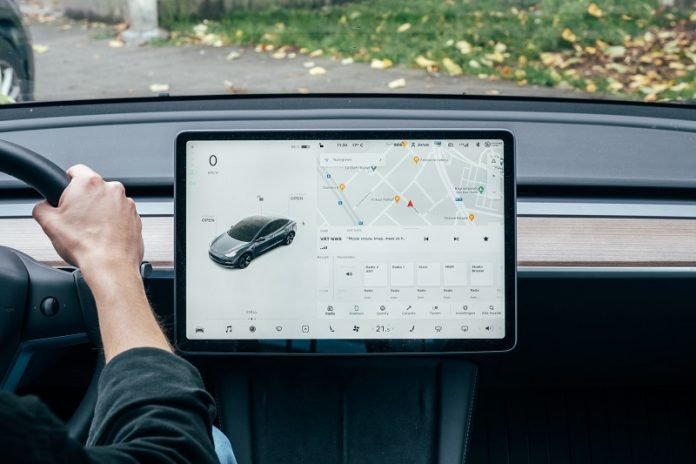
Driverless cars, or self-driving vehicles (SDVs), are often talked about as the future of travel. They could make our roads safer and less crowded.
But are people ready for them?
A new study from the University of British Columbia says maybe not just yet, especially when it comes to feeling safe as a pedestrian.
The study asked over 1,000 people in British Columbia what they thought about self-driving cars. People watched videos of cars and pedestrians at crosswalks.
Some cars were labeled as self-driving and others as human-driven, even though all were actually driven by humans. This was done to see if people had any biases or strong feelings about SDVs.
Mixed Feelings on Safety
The results showed that people are split on how safe they feel around these cars.
About 41% thought walking near a self-driving car could be less safe than near a human-driven car.
On the other hand, 34% felt more comfortable around SDVs, and 25% had no strong feelings one way or the other.
Urban vs. Rural Views
People living in busy areas, like the Lower Mainland, were more skeptical.
Maybe that’s because there are more people walking around in cities, so they are more cautious.
People who generally don’t like new technology also seemed to be more worried about SDVs.
Public Opinion on Using SDVs
When asked if they support using SDVs on roads, opinions were also mixed.
More than half, or 55%, were okay with shared self-driving vehicles like taxis. Slightly fewer, 48%, liked the idea of private self-driving cars.
People Want Rules
One thing most people agreed on? Rules are important. A whopping 92% said they want clear rules for self-driving cars.
For instance, these cars should be easily identifiable, and there should always be a human in the driver’s seat ready to take control in emergencies.
What Should Happen Next?
Given these mixed feelings, researchers suggest taking baby steps.
They think self-driving cars should be introduced slowly, starting with pilot testing in controlled areas. This way, people can get used to them without causing chaos on the roads.
They also think public education is crucial. Telling people about the benefits of self-driving cars could help make them more comfortable.
The study suggests starting with shared vehicles like self-driving taxis instead of privately-owned ones.
Recommended Safety Measures
The researchers had some safety suggestions too. They think self-driving cars should be extra careful, especially in busy areas.
For example, they should wait a few extra seconds at crosswalks for pedestrians.
The cars should also have signals to let people know they are self-driving. Plus, they should avoid areas where pedestrians are given priority, like near schools.
Final Thoughts
The researchers believe this is the first study to really look at how everyday people feel about self-driving cars.
They hope it will help guide rules and policies so that when SDVs do hit the roads, it’s good for everyone.
After all, cars, drivers, and pedestrians will have to share the road, and everyone’s safety and comfort matter.
Follow us on Twitter for more articles about this topic.
Source: University of British Columbia.



